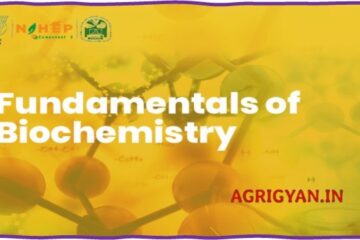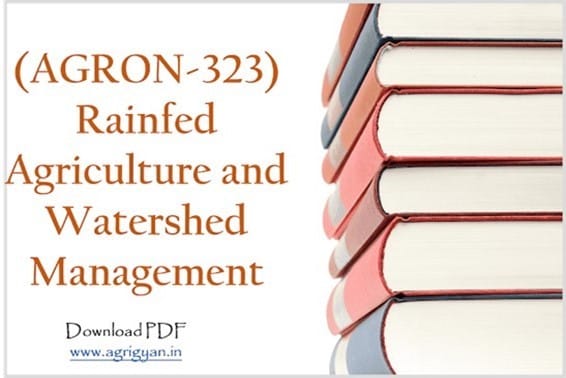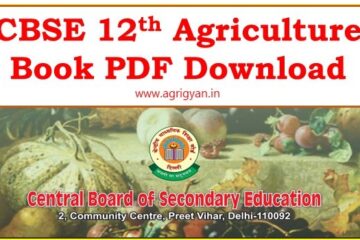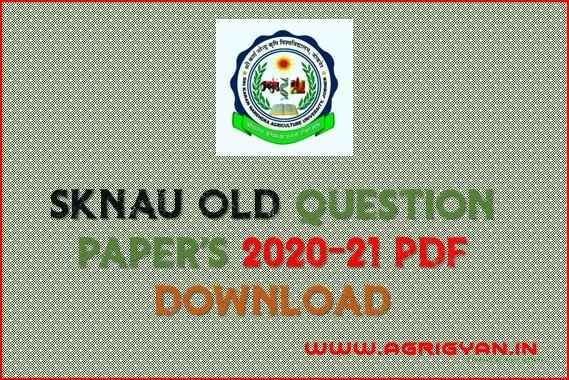Download the Apiculture, Sericulture, and Lac Culture PDF for free! Learn about beneficial insects, honey bee species, silkworm rearing, and lac insect cultivation.
Beneficial insects like honey bees, silkworms, and lac insects play a significant role in agriculture, contributing to pollination, silk production, and lac cultivation. This free PDF covers topics like apiculture, sericulture, and lac culture. It has been created by Dr. Tamoghna Saha and reviewed by Dr. Kalmesh Managanvi.
📚 What’s Inside?
- Lesson 1: Introduction and importance of beneficial insects and brief history of apiculture.
- Lesson 2: Different Species of honey bees and their morphology and anatomy.
- Lesson 3: Life cycle, colony organization, and social behavior of honey bees.
- Lesson 4: Beekeeping equipment, handling of bee colony, and maintenance of apiary.
- Lesson 5: Collection and preservation of bee pasture and value-added products of honey bee, their composition, and uses.
- Lesson 6: Seasonal management of honey bee colonies and queen rearing (Spring).
- Lesson 7: Miscellaneous management and queen rearing.
- Lesson 8: Insect pests and diseases of honey bees and their management.
- Lesson 9: Silkworm: History, development in India, systematic position, life cycle, and distribution of silkworm.
- Lesson 10: Types of silkworm, their importance, and characteristic features.
- Lesson 11: Silkworm rearing program, egg production, and rearing equipment.
- Lesson 12: Silkworm rearing management and cocoon characters.
- Lesson 13: Silk and its uses, and insect pests and diseases of silkworm.
- Lesson 14: Lac insect-host plants, life cycle, and economic importance.
- Lesson 15: Lac cultivation, uses, and enemies of lac insect.
- Lesson 16: Lac cultivation, uses, and enemies of lac insect.
About the Author
👨🏫 Dr. Tamoghna Saha
🏛️ Bihar Agricultural University, Bhagalpur
👨🎓 Course Reviewed By:
👨🏫 Dr. Kalmesh Managanvi
🏛️Bihar Agricultural University, Sabour Bhagalpur
📥 PDF Details & Download
📌 File Size: 2.3 MB
📌 Number of Pages: 296
📌 Format: PDF
📌 Language: English
🔗 Download Free PDF Now ⬇️
🔗 Preview PDF
📚 Source: This PDF is based on data provided by the Indian Council of Agricultural Research (ICAR) and is strictly for educational and research purposes. It is available for free download and must not be sold, modified, or used for commercial purposes.
Feedback:- We welcome your thoughts after reading this post. Please share any feedback that could help us improve the website for a better experience here: [Click here]









🎓 Student Discussion
Share your questions and insights with the community!
Loading discussion...